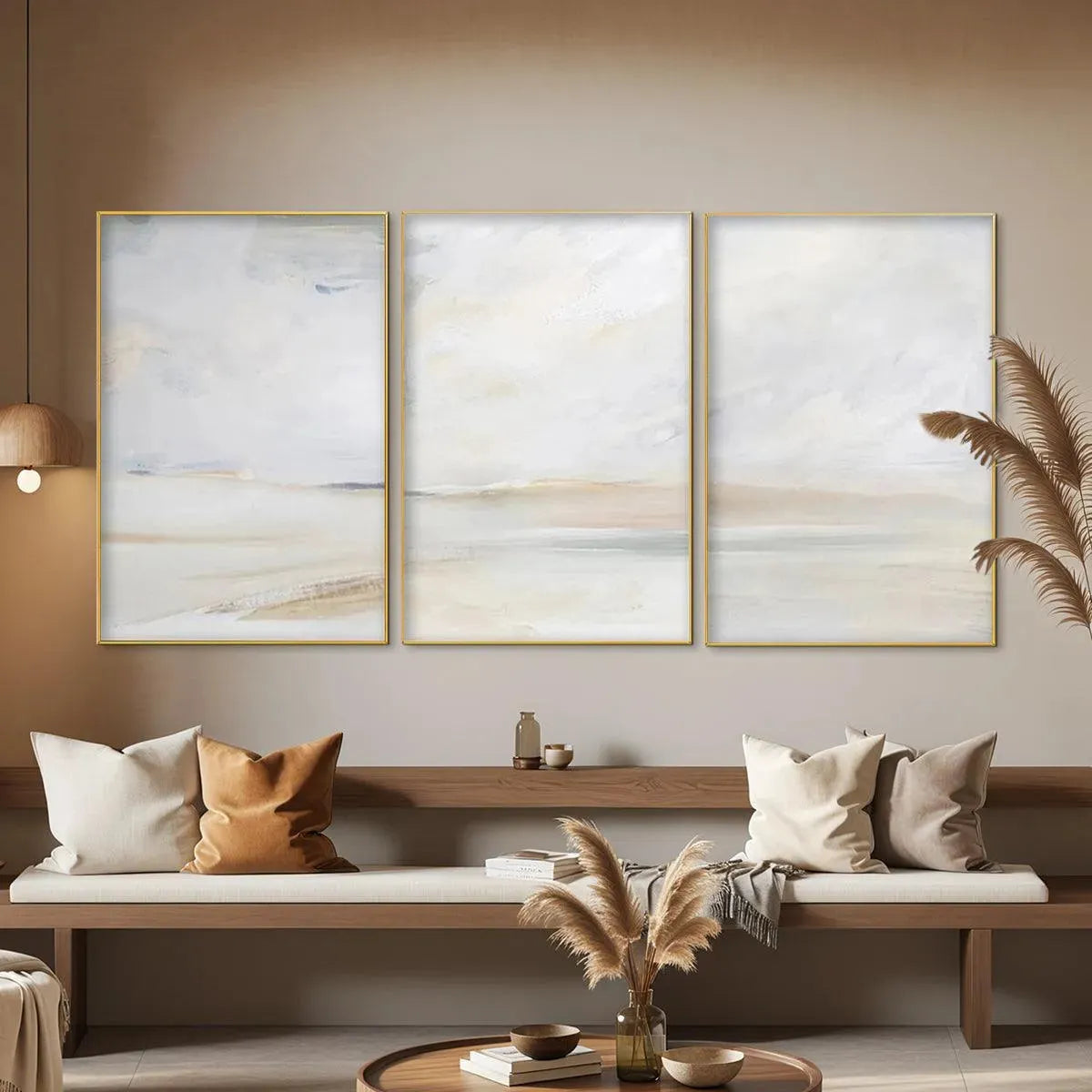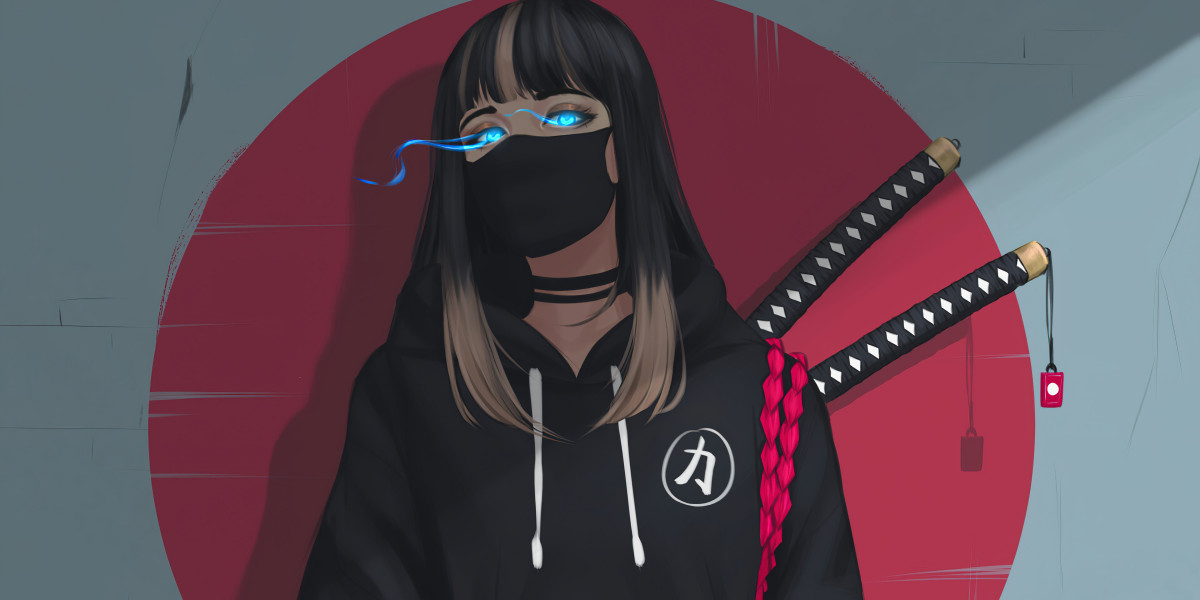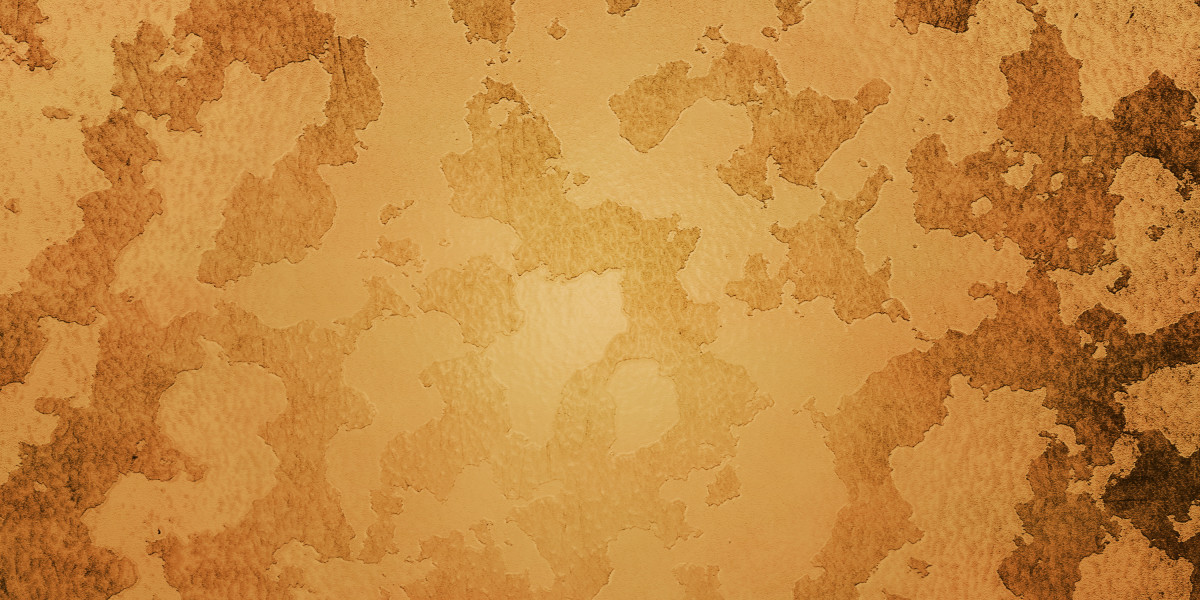Unveiling the Allure of Boho Art: Discover the Vibes that Inspire!
Boho painting is more than just an artistic expression; it's a vibrant celebration of individuality, freedom, and a connection to nature. As the bohemian aesthetic gains traction in modern decor and lifestyle, these artworks resonate deeply with contemporary audiences seeking authenticity and emotional depth. Boho art encapsulates various influences, from natural landscapes to cultural motifs, creating a unique tapestry that speaks to the soul. This article will delve into the defining characteristics of boho paintings, their rich history, and the myriad inspirations that fuel this captivating art form.

Characteristics of Boho Paintings
Boho paintings are characterized by their eclectic and free-spirited nature. One of the most striking features is the color palette, which often includes earthy tones—rich browns, lush greens, and warm terracotta—paired with vibrant splashes of color like deep blues, burnt oranges, and bold pinks. This harmonious blend creates an inviting and lively atmosphere that reflects the natural world. The themes in boho art frequently revolve around nature, spirituality, and human experiences, with artists utilizing organic shapes and forms reminiscent of landscapes, flora, and fauna.
Techniques play a significant role in the creation of boho paintings. Artists often embrace a mix of styles, whether it be abstract, impressionistic, or even tribal patterns, resulting in a distinctive aesthetic that is both cohesive and varied. Many bohemian artists incorporate natural elements such as wood, clay, or recycled materials into their pieces, further blurring the lines between art and nature. Emotional expression is paramount in boho art, as artists strive to convey feelings of joy, nostalgia, or wanderlust, inviting viewers to connect on a personal level. For those who appreciate art that tells a story, boho paintings are a treasure trove of inspiration.
The History of Bohemian Art
The origins of bohemian art can be traced back to the 19th century when artists and writers began to reject traditional societal norms in favor of a more liberated lifestyle. This movement, often associated with the Romani people, championed creativity, individuality, and a connection to the natural world. Key figures such as Henri Toulouse-Lautrec and Vincent van Gogh embraced these ideals, incorporating bohemian elements into their works and inspiring future generations of artists.
Throughout the 20th century, the bohemian art style evolved alongside various cultural movements, including the Beat Generation and the counterculture of the 1960s. Artists like Frida Kahlo and Andy Warhol brought boho aesthetics to the forefront of mainstream art, exploring themes of identity, freedom, and social commentary. The resurgence of bohemian style in contemporary art is a testament to its enduring appeal, as newer artists draw from these historical influences while infusing their own experiences and cultural backgrounds into their work.
Sources of Inspiration for Boho Paintings
Boho art draws inspiration from a wide array of sources, with nature being a primary influence. Many artists find themselves captivated by the beauty of landscapes, plants, and wildlife, translating these experiences onto canvas. The stories of travel and adventure also play a significant role in shaping bohemian artworks, as artists often incorporate elements from diverse cultures and traditions they encounter on their journeys.
Personal experiences heavily influence boho artists, allowing them to express their emotions and stories through their art. A friend of mine, an aspiring artist, often shares how her travels to India inspired her vibrant use of color and intricate patterns, reflecting the rich culture and spirituality she encountered. This personal touch not only enhances the artwork but also creates a deeper connection between the artist and the viewer. By blending cultural elements with their unique perspectives, boho artists create pieces that resonate with a universal audience.
How to Incorporate Boho Art into Your Space
Integrating boho art into your home decor can be a delightful way to infuse your space with personality. By selecting large canvas paintings or smaller focal pieces, you can resonate the warm, earthy tones typical of bohemian schemes. Whether you opt for vibrant colors or softer palettes, the art should harmonize with your existing decor.
Placement is crucial; consider hanging your boho paintings in well-lit areas where they can be appreciated fully. Creating a gallery wall with a mix of sizes and styles can evoke a sense of artistic chaos that embodies the bohemian spirit. The emotional ambiance created by boho art can transform your living space, making it feel inviting and alive, ultimately enhancing your personal aesthetic.
Celebrating the Essence of Boho Paintings
Boho paintings are a beautiful manifestation of creativity, emotion, and cultural richness. With their distinctive characteristics, deep historical roots, and diverse sources of inspiration, they hold a special place in the art world. As we've explored, incorporating bohemian art into your space can elevate your decor and provide a sense of connection to nature and the experiences of life. Embrace the allure of boho art and allow it to enhance your personal aesthetic, inviting warmth and a spirit of adventure into your home.







